

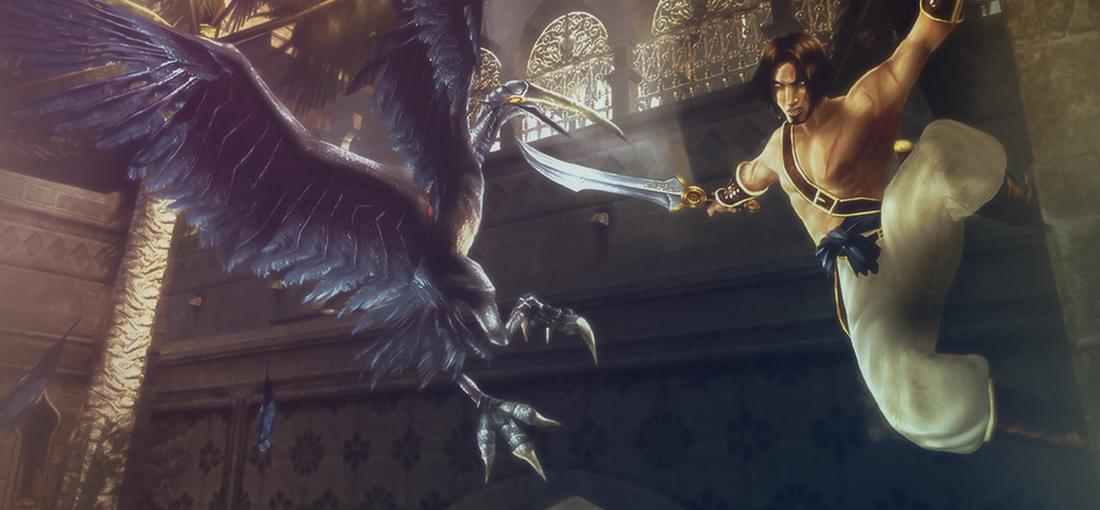
‘Prince of Persia: The Sands of Time’ was one those games that caught my interest when it first came out, but I ended up not getting. After finishing ‘The Making of Karateka’ not long ago, my interest in ‘TSoT’ was rekindled as it was the most recent ‘PoP’ title that was designed by Jordan Mechner himself. Over 20 years later, the 3D platforming puzzles in ‘TSoT’ hold up very well. They are easily the best part of this game and kept me playing in spite of the game’s flaws. They would be even more fun to solve if it weren’t for tank controls and the awkward, restrictive camera positions. Although I could move the camera around, I felt like I was regularly fighting the default placements, and could rarely find an angle that was to my liking. Fighting waves of enemies while also fighting the camera positioning also made combat not very enjoyable. Fighting sequences often felt too long, and only delayed me from getting to the next block of platforming puzzles. Limited fighting movesets also made fighting rather repetitive and dull. I needed to make a couple of tweaks to ‘TSoT’ in order to run it in widescreen resolution and to fix the fog effects. Given the game’s solid foundation, but dated technical backbone and janky combat, I could see why Ubisoft saw ‘TSoT’ fit for a remake. But until the remake gets released, the original ‘TSoT’ is still a worthwhile game to check out…flaws and all.
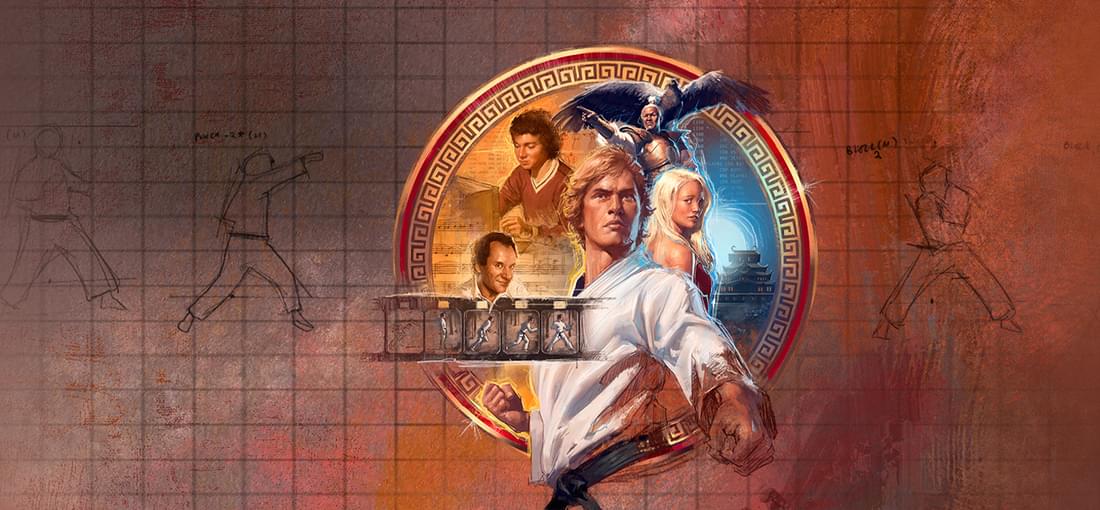
‘The Making of Karateka’ is an intersection of two niche subjects in video gaming: video game preservation and Jordan Mechner. Although Mechner is one of the first video game auteurs, pioneered use of cinematic techniques in video games, and made ‘Prince of Persia’, he’s not often mentioned. Despite my appreciation for Mechner, I’ve never played ‘Karateka’ and was ignorant of its significance. ‘TMoK’ is an interactive documentary on the making of the game. It also covers Mechner’s first and unpublished game, ‘Deathbounce’, and how it led to the creation of ‘Karateka’. ‘TMoK’’s success as a documentary is greatly due to the vast amount of notes and concept materials that Mechner had kept, which he made available to the documentarians. The documentary includes video interviews with industry veterans, excerpts from Mechner’s journals, scanned documents, and digital replica of game disks and boxes. A special highlight is interviews with Mechner’s father, who composed the game’s soundtrack. I do wish there were more interviews with Mechner himself though. ‘TMoK’ also includes playable prototypes of ‘Deathbounce’ and ‘Karateka’, as well as the Apple II, C64 and Atari 8-bit versions of the latter game. Of course, there’re the remastered versions of both games, made by Digital Eclipse. ‘Karateka Remastered’ includes previously excluded elements, giving it a new level of polish and challenge. Both remasters have a nice balance of the originals’ spirit and modern sensibilities. I love how the graphics weren’t updated to look like modern games, but made to resemble the original using a bigger colour palette. ‘Karateka’ looks really nice as a VGA game. ‘TMoK’ is informative and interesting, made better by the various versions of the games that players can play. This title may be niche, but is important in preserving video game history. So, ‘TMok’ (especially in DRM-free form) is worthy of your support. I hope at some point, ‘Prince of Persia’ will get the same treatment.
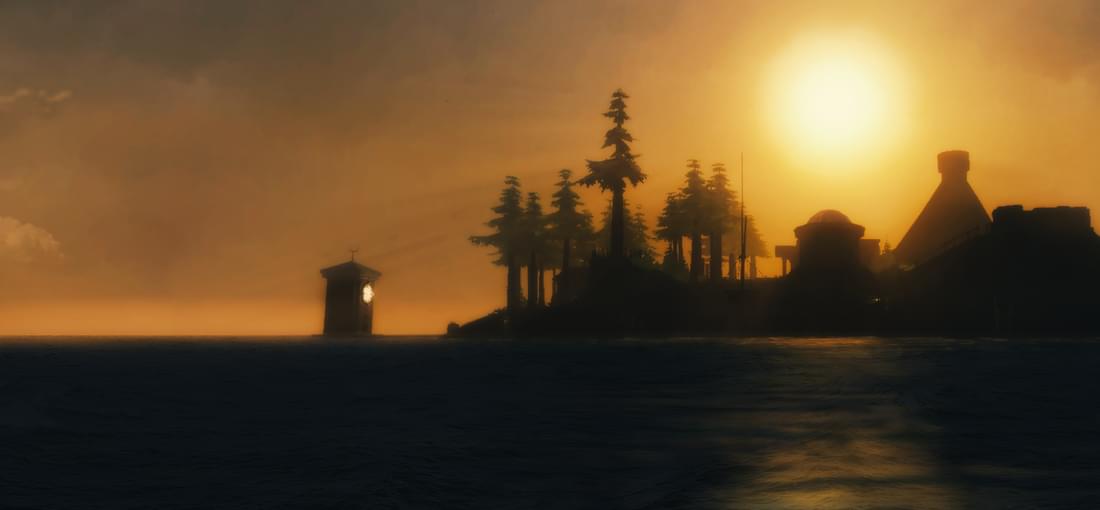
The problem with ‘realMyst: Masterpiece Edition’ is that it’s weighed down by the legacy of the original ‘Myst’. This game tries to satisfy fans of the original by including classic controls; but, it also strove to entice new players by featuring free roam/look controls like in FPSs. While the free roam is decent, the controls for free look and environment interaction are slow and awkward. Forcing classic controls into free roam gameplay doesn’t work. It’s also perplexing that this 2014 game (patched as late as 2018) doesn’t support higher screen resolutions by default. I had to manually edit the game’s .ini file to have it run at 1080p. The invert look option for free roam/look gameplay also frustratingly inverts both X and Y axes. I had to install a fan-made fix to limit mouse inversion to Y axis. Considering first-person puzzle games like ‘Portal’, ‘The Talos Principle’ and ‘The Witness’ were released prior to and during the time of support for this game, it’s disappointing that the final version of ‘rM:ME’ couldn’t even match the level of polish that its contemporaries had. My game crashed repeatedly when transitioning to the Selenitic Age, so I decided to explore other Ages first just to give this game a fair chance. Despite the game’s slow start, the puzzles are actually fun…if you know what the controls are. The controls are so clunky that I’ve spent more energy figuring out environment interaction than solving puzzles. Switching back to classic controls didn’t help either. At times, there was no feedback to indicate I’ve done something right. I eventually gave up on ‘rM:ME’ altogether. ‘rM:ME’ does not deserve the ‘Masterpiece Edition’ title. For a game that was released in 2014 and patched over the next 4 years, it’s missing many features and options that you’d expect from a game of its time. If you’re curious about why ‘Myst’ is such a big deal, you’d be better off checking out ‘Myst’ (2021). Don’t bother with this game.

‘Hidden Through Time’ is a fun, breezy hidden object puzzle game. Although the base game is not long (it only took me about 3.5 to 4 hours to complete), its longevity is extended by its 5 DLCs. While I didn’t get any of them, I did get several hours of additional playtime from the custom maps created and shared online by other players. Some custom maps were created using assets from the DLCs, so you’d get a taste of what the DLCs offer. The base game is divided into 4 historical period themes: Stone Age, Egypt, Middle Ages, and Western. (I know, “Egypt” and “Western” aren’t periods, but tell that to the developers.) These themes only differ in aesthetics, but the changes in scenery were welcomed. Unfortunately there is only one background track throughout the entire base game regardless of the period you are in. It would have been great to have different background music for each one. ‘Hidden Through Time’ excels in its simplicity in gameplay and execution. Even many of the custom maps I played were well done, with several seemingly of professional level of design. Because of that, this game is perfect for days when you just want something simple to play or when you want to take a break from the more complex titles in your game library. ‘Hidden Through Time’ is definitely worth your…time, especially when it goes on sale.
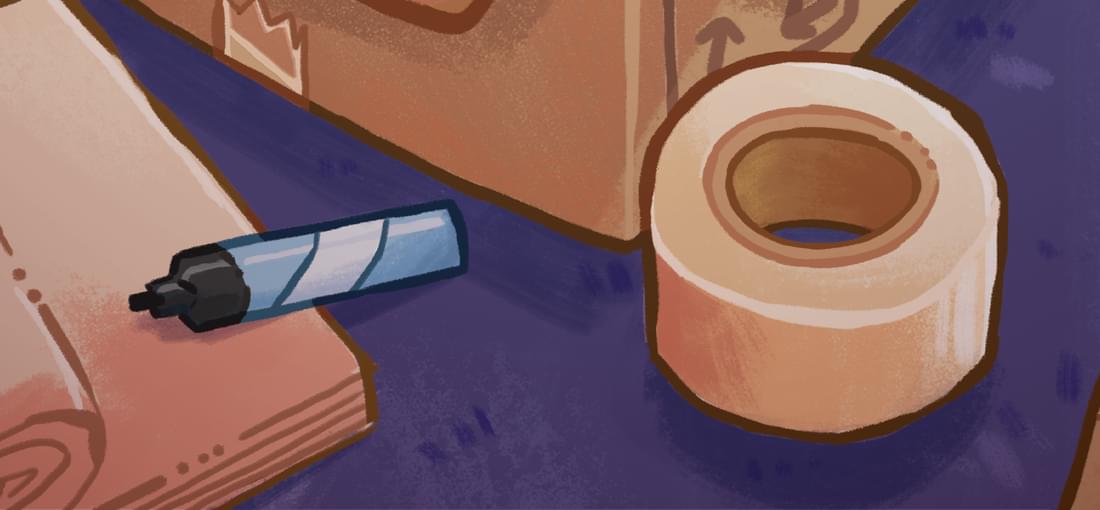
“That’s the whole meaning of life, isn’t it, trying to find a place for your stuff.” – George Carlin (Comic Relief in 1986) I recently unpacked some moving boxes and found items that triggered memories of my youth – some great, some good, and some bittersweet. It’s amazing how an object could capture a moment in life, and tell people who you are/were just by the virtue of you having and keeping it. Witch Beam took the emotionality we have of our keepsakes, along with the mundane task of unpacking boxes, and made a relaxing game that actually tells a surprising, moving story. It would have been enough for ‘Unpacking’ to be a simple game of unpacking boxes and placing items in locations of your choosing (but no messes or inappropriate places though!). It’s strange that while unpacking and organizing can be tedious in real life, it’s relaxing in this game. There’s no one to rush or critique you on your process – you do it at your own pace and leisure. The game’s story spans 21 years, with each of 8 chapters capturing a milestone moment in the main character’s life. What happened in between chapters are implied by what and where you unpack. Every item, every default placement of existing objects, and every room in which you unpack serve to tell a mostly-wordless story. Even what the character decided to keep, throw away, and upgrade say a lot about her development. It’s wonderful storytelling. Although the digital objects I unpacked were not “mine”, I’ve come to form emotional attachments to them as the game progressed. There’s a surprising development about half-way through that was so subtly and well done that I applaud the deftness with which the developers executed it. ‘Unpacking’ delivered more than what I expected when I bought it. Aside from unpacking experiences that were far more soothing than what I’ve had in real life, I was treated to a nice story that was cleverly told. Don’t let this game pass you by – it’s a gem that’s worth unboxing for enjoyment.
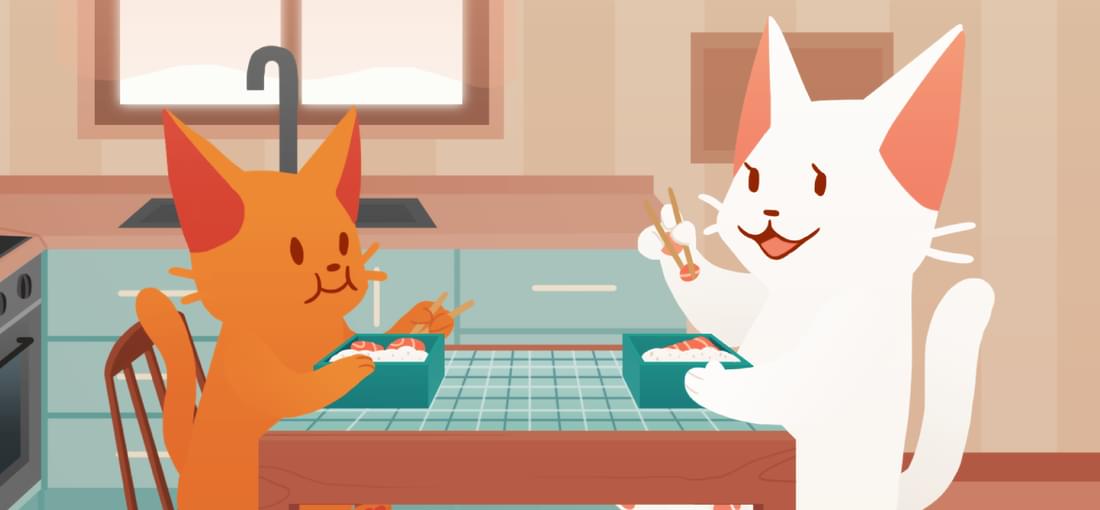
I’ve always found Japanese parents’ craft in preparing beautiful bento (e.g., kyaraben) impressive and awe-inspiring. The quality and presentation of the ingredients, and the meticulousness with which the meals were made and packaged are indicative of the love they have for their children. This practice of bento preparation is the theme if ‘inbento’, a puzzle game in which you manipulate shapes – styled as ingredients or dishes – to fit into a 3x3 or 4x3 bento box. Does a puzzles game like this need a story? No, but with 127 puzzles in total, the saccharine story effectively serves as incentive for players to work their way through the 14 chapters of brainteasers. ‘inbento’ has its roots on mobile platforms, designed to be played in short bursts over a period of time. Although it has been ported well to the PC (played well with either keyboard or game controller), this play style doesn’t quite fit desktop PC gaming. It’s still enjoyable regardless, though it may work better on handheld gaming PCs. The game did get more challenging midway for me, and I often needed hints on the first move or two before I could solve most puzzles in the latter half. So don’t let its kawaii presentation fool you, ‘inbento’ can be a challenging shape-manipulation game. If you enjoy this type of puzzles, you’ll likely find this game charming and fun.
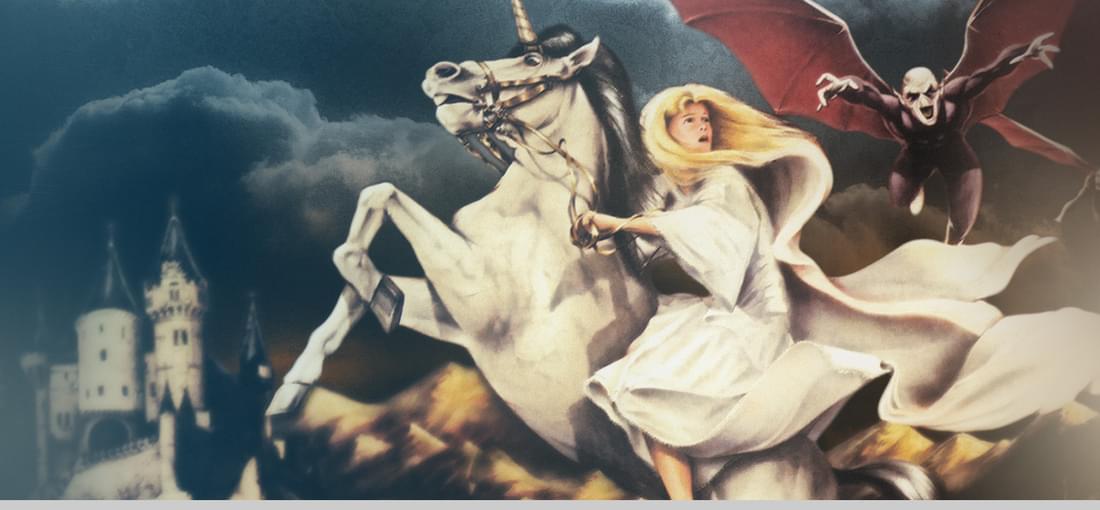
In this collection of King’s Quest games, we have 3 games that were made at a time when Sierra’s technology started to catch up with Roberta Williams’ vision for the game series that made her a household name. With each game, the in-game world became grander, and more detailed, colourful and whimsical. The fairy tale-inspired worlds of KQ finally became more real and tangible. Yet, graphics and sounds are just a small part of the equation in making a game. While Williams’ writing also became more mature and sophisticated with each title, her designs of puzzles remained wanting. Although other Sierra ‘Quest’ games (as well as those from competing developers) evolved in their puzzle designs, the puzzles in KQ4 and 5 were still absurd and frustrating like in previous 3 KQ games, if not more so. So KQ4 and KQ5 might have looked pretty/prettier, gameplay still felt dated. The gem in this game collection is KQ6, which Williams co-designed and co-wrote with Jane Jensen. I think Jensen’s contribution to this game had been instrumental, because the game’s flow, story and puzzles were vastly better than those in previous KQ games. The puzzles were still challenging, but not necessarily due to moon logic. As a result, even the overly saccharine story and stage theatre-like dialogue didn’t deter me from enjoying this game. Unlike other Sierra ‘Quest’ games, GOG don’t offer as great of a discount on KQ games for some reason. While KQ games aren’t really my cup of tea, I think this collection is worth getting just for KQ6 alone. When played back to back with the King’s Quest 1 + 2 + 3 collection, you can see the evolution of this game series, and appreciate the vision and effort that Williams et al. had put into their work. Overall, I think KQ 4, 5 and especially 6 are more playable, and certainly more approachable, than KQ 1 to 3. It’s a good collection of games to snatch up during a sale if you want a copy of PC gaming history in your games library.
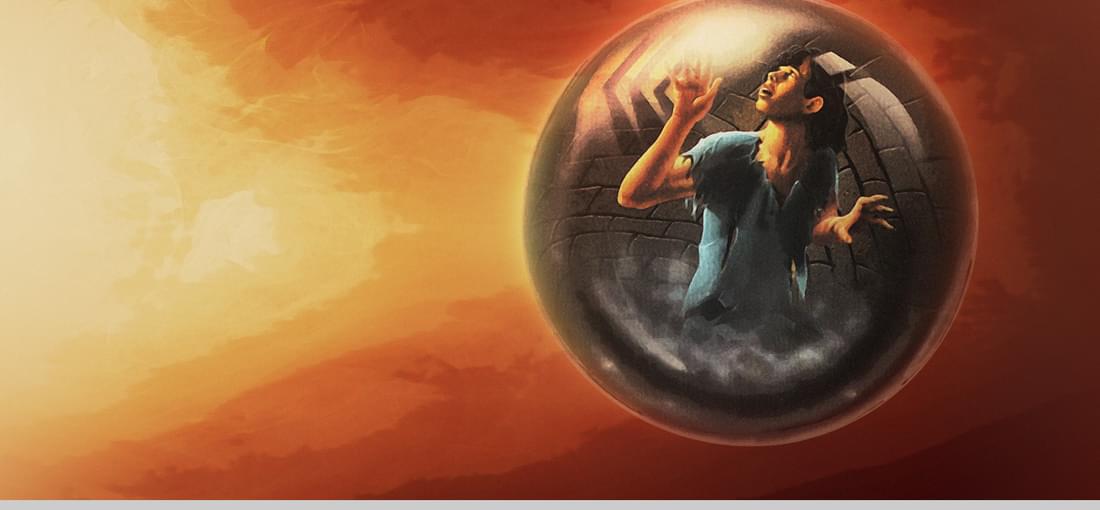
Despite the King’s Quest series being my least favourite of all Sierra’s ‘Quest’ games, not having these important games in my digital game collection just felt wrong. Now close to 4 decades later and with different perspective that comes with aging, has my view on KQ changed after buying and replaying them? No. The imperfection of KQ1, 2 and 3 only amplified with time. To be fair, they were made at a time when designers like Roberta Williams were still figuring out game design theory and principles. Some worked, some didn’t. But, what didn’t work also served as lessons for other Sierra game designers when they made their ‘Quest’ games. KQ1 was truly ahead of its time. It had puzzles with multiple solutions, an open world for players to explore, and mostly non-linear story progression. Sadly, the game was plagued with absurd puzzle designs and lack of clear quest objectives. They’re frowned upon now, but mind-blowing back in 1984. KQ3 was the most ambitious of the 3 games. It featured (anxiety-inducing) puzzles to be solved in real time; it had more detailed graphics that also (unintentionally?) led to environmental hazards being obscured. At one point, if you do something before another, you’d miss an important plot point that would make a dialogue very confusing. It had grand ideas that were executed poorly. This makes KQ2 the best game in this collection. It improved on what KQ1 had by offering a more detailed and fantastical word to explore and clearer quest objectives. It’s less frustrating than KQ3 because of its simplicity. Despite the series’ trademark infamous absurd puzzles and random encounters, I had fond memories of it. This game collection will bring nostalgia to players who had played the first 3 KQ games back in the 1980s. Gamers of more recent generations will likely find them poorly designed and frustrating. Because of that, KQ 1, 2 and 3 are best enjoyed with rose-coloured glasses, or simply viewed as important relics of PC gaming history.

‘Attentat 1942’ is a choice-matter adventure game/edutainment, in which you play a grandchild of World War II survivors. Set in Prague in 2001, you investigate what happened to your grandfather after the assassination of Reinhard Heydrich. By interviewing key people in his life and looking through memorabilia, you learn more about the oppression of then Nazi German-occupied Czechoslovakia. While the story and characters of ‘Attentat 1942’ are fictional, they’re created around artifacts, accounts, photos and film footages from the days of WWII and the Holocaust. Because the game is played mainly in first-person perspective, it conveys a sense of personal discovery of family history, especially through the full motion videos. The interactive comic strips and mini games add some tension to the personal stories. As you conduct interviews, in-game encyclopedia entries are unlocked. These entries are like those you’d find in a museum, providing more details about a specific person or topic. If WWII and the Holocaust are of interest to you, ‘Attentat 1942’ is a title you should check out; otherwise, you may find the slow pacing and great emphasis on reading historical information somewhat dull. I found the need to unlock encyclopedia entries annoying. You’ll have to repeat interviews (at the expense coins that you earn from playing mini games) to unlock entries that you missed out on. Since you can finish the game without unlocking all entries, this aspect of game design works against educating players about the subject matter. Making your audience figure out how to unlock information is unnecessarily obstructive. ‘Attentat 1942’ crashed on startup for me on several instances, often happening 1 to 3 times before it’d run properly. Yet, they’re just minor annoyances. Overall, I enjoyed the education and interactive museum experience that the game provided. Anyone interested in the Czech perspectives of WWII and the Holocaust will likely find this game appealing.
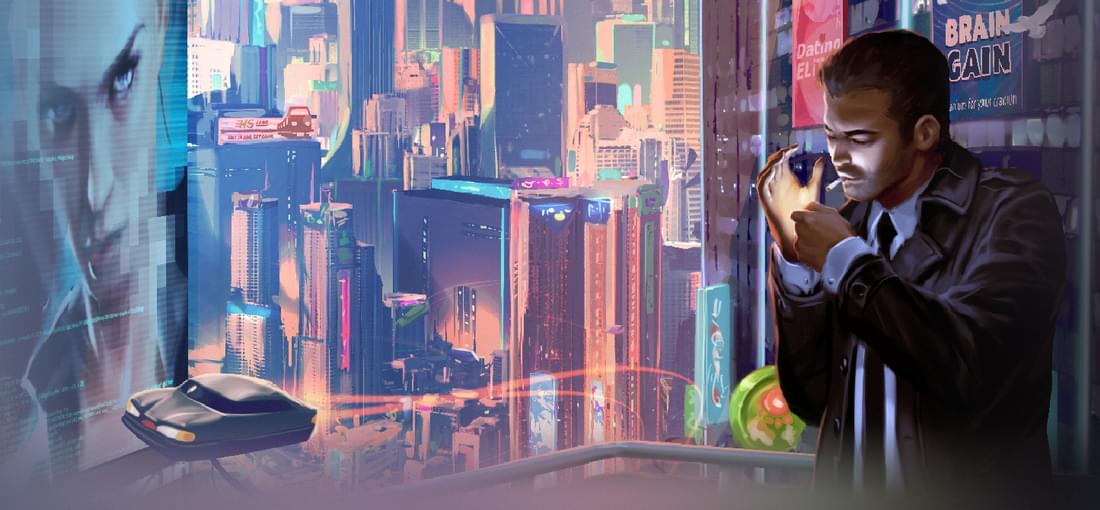
As a choice-matters adventure game, ‘Lacuna’ tells a gripping tale of a murder that puts already tenuous interplanetary diplomatic relations at risk. Don’t let the ambiguous title and mundane banner art fool you, this game delivers a well-crafted sci-fi neo-noir mystery and deduction brain-teasers that will put your inner detective to work. The locales in ‘Lacuna’ are depicted in great detail using 16-bit style pixel art. The places ooze with verisimilitude, making me wish this game is less linear and allows for more open-world exploration. The beauty of the locations are on full display when the camera zooms out to reveal the grandeur of the setting. The catchy jazz/electronic soundtrack makes searching for clues and tracking down suspects extra immersive. Although the main narrative arc is quite linear, the decisions you make in ‘Lacuna’ can affect the outcome in different ways. Will you be a good cop or a bad cop? Will you be empathetic or cynical? Will you make the right deductions and find the culprits behind the murder? Every action, big or small, has a cascading effect. The best bits of the game are those tense moments in which you have no idea how your decisions will play out. With 8 different endings, ‘Lacuna’ invites players to replay it many times to explore various possibilities. Yet, with each playthrough having only one save slot, no manual save, and any checkpoint save overwriting the previous one, I got annoyed after my third complete run. It’s also frustrating that tutorials, cutscenes and monologue narration can’t be skipped. Despite these couple of annoyances, ‘Lacuna’ is one of the better mystery adventure games in the genre, and it’s worth checking out.